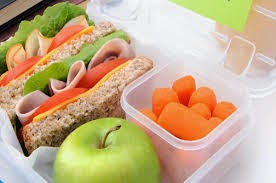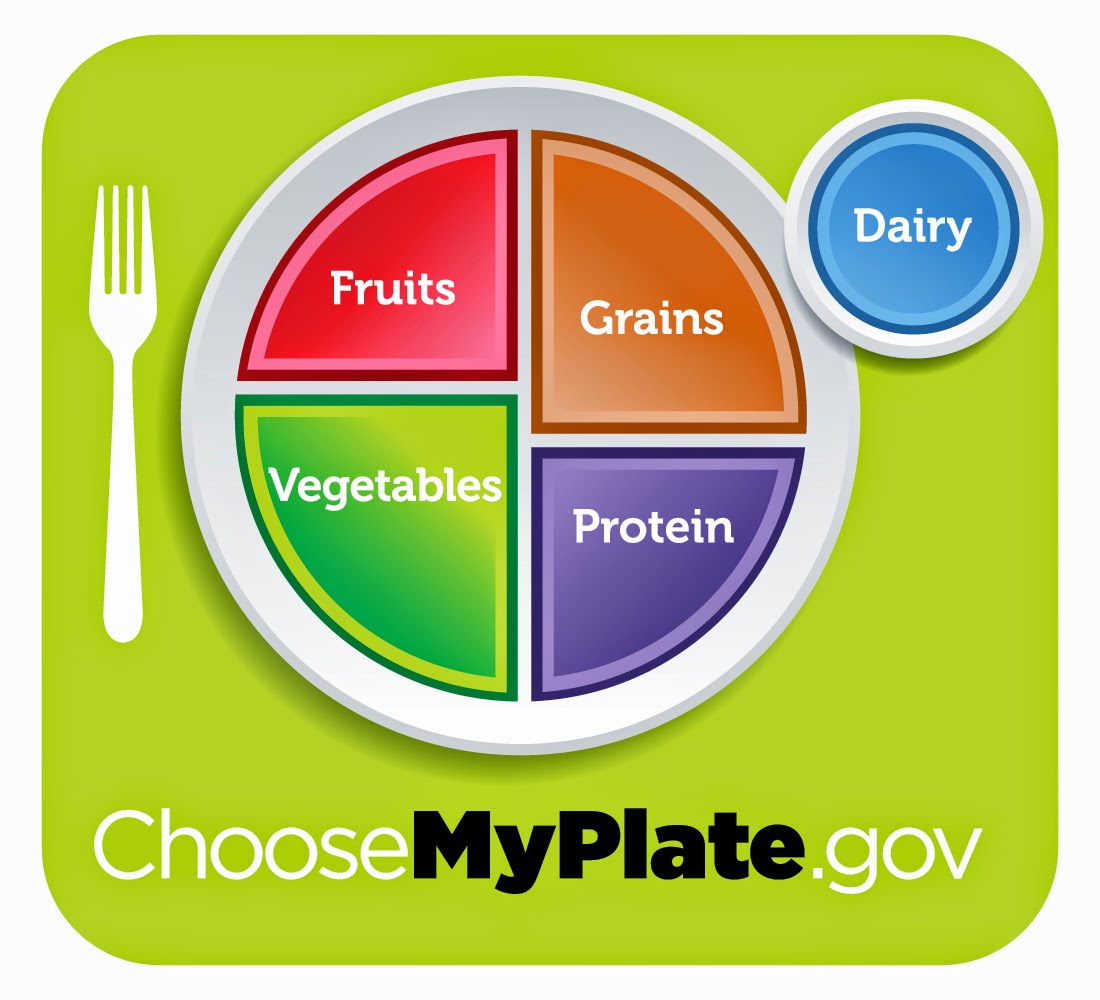Health News
- Poll: Ky. Parents Think Children's School Lunches Are Very Or Somewhat Nutritious, But They Want More Scratch-made Options
Kentucky Health News Most Kentucky parents think school lunches are nutritious, but should offer more made from-scratch options, according to the latest Kentucky Health Issues Poll. The poll, taken Oct.8 through Nov. 6, found that 67 percent of Kentucky...
- Scheduling Lunch After Recess, Very Unusual In Elementaries, May Lead To Less Food Waste And Better Nutrition, Study Says
Scheduling school lunch later in the day could help children to eat more nutritious foods and reduce food waste, according to a study at seven schools in Utah. Researchers found that children threw away more food when they ate lunch before recess instead...
- #thanksmichelleobama: Students Use Social Media To Voice Their Unhappiness With Revamped School Lunches
School kids around the country are tweeting pictures of their unappetizing school lunches and blaming the most prominent advocate for healthier school meals for their "bowls of mush and mystery proteins," Roberto A. Ferdman reports for The Washington...
- Some Parents Complain About Healthier School Lunches, But Usda Says It's On Course To Improve Public Health
A few school districts in other states are opting out of a federal-funded school lunch program that was touted by first lady Michelle Obama to provide healthier options to students, and some parents in Harlan County are complaining about the new...
- Schools Serving Somewhat Healthier Lunches, But Short On Physical Activity, National Survey Shows
The nation's middle and high schools are feeding students somewhat healthier lunches, but are falling short in providing physical activity to students, a report from the Robert Wood Johnson Foundation's Bridging the Gap program has found. And...
Health News
Mass. study finds home-packed school lunches lack whole grains, fruits and vegetables, and have too much sugary stuff
Packing a healthy lunch that kids will eat is an ongoing challenge for families, and a challenge that is often not met, according to a study by researchers at Tufts University in Medford, Mass.
 ?When deciding what to pack, parents are juggling time, cost, convenience, and what is acceptable to their children. Unfortunately, these factors are not always in harmony with good nutrition,? the senior author of the study, Jeanne Goldberg, said in a press release.
?When deciding what to pack, parents are juggling time, cost, convenience, and what is acceptable to their children. Unfortunately, these factors are not always in harmony with good nutrition,? the senior author of the study, Jeanne Goldberg, said in a press release.
The researchers used digital photography to document the lunches and snacks of more than 600 Massachusetts third- and fourth-graders in 12 schools in six public school districts. Only 27 percent of the lunches met at least three of the five National School Lunch Program standards, and only 4 percent of the snacks met at least two of the four Child and Adult Food Care Program standards. Both emphasize fruits, vegetables, whole grains and low- or non-fat dairy products.
Most of the lunches had pre-packaged snack or dessert foods, and almost 25 percent lacked what would be considered an entrée, like a sandwich. The study also found that the snacks children packed were not nutritious, with most including sugar-sweetened beverages.
?The few existing studies on packed lunches report that children who bring their lunch tend to consume fewer fruits and vegetables, less fiber and more total calories than those who participate in the National School Lunch Program,? Goldberg said.
Goldberg and her colleagues acknowledged that larger studies of more diverse groups of students over an extended period of time are needed, they say their study points to the need to help parents pack more nutritious lunches.
 You can use the Choosemyplate.gov diagram as a starting point for a healthy lunch. Half the lunch should be fruits and vegetables, half of the grains should be whole grains, and dairy items should be low-fat or fat-free. It's also important to make sure portion sizes are appropriate, and the American Academy of Pediatrics recommends water, not sugary drinks.
You can use the Choosemyplate.gov diagram as a starting point for a healthy lunch. Half the lunch should be fruits and vegetables, half of the grains should be whole grains, and dairy items should be low-fat or fat-free. It's also important to make sure portion sizes are appropriate, and the American Academy of Pediatrics recommends water, not sugary drinks.
?Given that over 40 percent of U.S. schoolchildren bring their lunches to school on a given day, it?s important to consider how nutrition experts and policymakers could help parents meet the challenges of cost, convenience, and child preference and add nutrition to the equation,? Goldberg said.

The researchers used digital photography to document the lunches and snacks of more than 600 Massachusetts third- and fourth-graders in 12 schools in six public school districts. Only 27 percent of the lunches met at least three of the five National School Lunch Program standards, and only 4 percent of the snacks met at least two of the four Child and Adult Food Care Program standards. Both emphasize fruits, vegetables, whole grains and low- or non-fat dairy products.
Most of the lunches had pre-packaged snack or dessert foods, and almost 25 percent lacked what would be considered an entrée, like a sandwich. The study also found that the snacks children packed were not nutritious, with most including sugar-sweetened beverages.
?The few existing studies on packed lunches report that children who bring their lunch tend to consume fewer fruits and vegetables, less fiber and more total calories than those who participate in the National School Lunch Program,? Goldberg said.
Goldberg and her colleagues acknowledged that larger studies of more diverse groups of students over an extended period of time are needed, they say their study points to the need to help parents pack more nutritious lunches.
 You can use the Choosemyplate.gov diagram as a starting point for a healthy lunch. Half the lunch should be fruits and vegetables, half of the grains should be whole grains, and dairy items should be low-fat or fat-free. It's also important to make sure portion sizes are appropriate, and the American Academy of Pediatrics recommends water, not sugary drinks.
You can use the Choosemyplate.gov diagram as a starting point for a healthy lunch. Half the lunch should be fruits and vegetables, half of the grains should be whole grains, and dairy items should be low-fat or fat-free. It's also important to make sure portion sizes are appropriate, and the American Academy of Pediatrics recommends water, not sugary drinks.?Given that over 40 percent of U.S. schoolchildren bring their lunches to school on a given day, it?s important to consider how nutrition experts and policymakers could help parents meet the challenges of cost, convenience, and child preference and add nutrition to the equation,? Goldberg said.
- Poll: Ky. Parents Think Children's School Lunches Are Very Or Somewhat Nutritious, But They Want More Scratch-made Options
Kentucky Health News Most Kentucky parents think school lunches are nutritious, but should offer more made from-scratch options, according to the latest Kentucky Health Issues Poll. The poll, taken Oct.8 through Nov. 6, found that 67 percent of Kentucky...
- Scheduling Lunch After Recess, Very Unusual In Elementaries, May Lead To Less Food Waste And Better Nutrition, Study Says
Scheduling school lunch later in the day could help children to eat more nutritious foods and reduce food waste, according to a study at seven schools in Utah. Researchers found that children threw away more food when they ate lunch before recess instead...
- #thanksmichelleobama: Students Use Social Media To Voice Their Unhappiness With Revamped School Lunches
School kids around the country are tweeting pictures of their unappetizing school lunches and blaming the most prominent advocate for healthier school meals for their "bowls of mush and mystery proteins," Roberto A. Ferdman reports for The Washington...
- Some Parents Complain About Healthier School Lunches, But Usda Says It's On Course To Improve Public Health
A few school districts in other states are opting out of a federal-funded school lunch program that was touted by first lady Michelle Obama to provide healthier options to students, and some parents in Harlan County are complaining about the new...
- Schools Serving Somewhat Healthier Lunches, But Short On Physical Activity, National Survey Shows
The nation's middle and high schools are feeding students somewhat healthier lunches, but are falling short in providing physical activity to students, a report from the Robert Wood Johnson Foundation's Bridging the Gap program has found. And...
